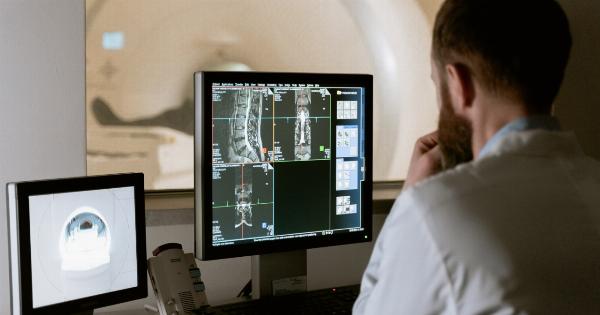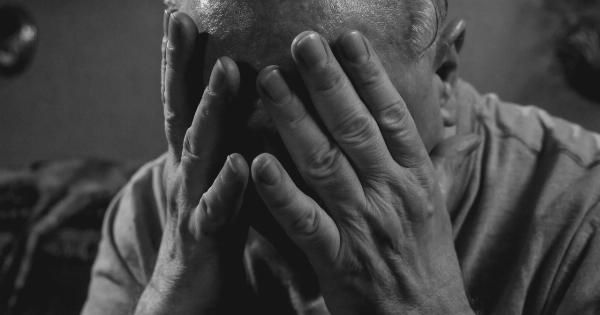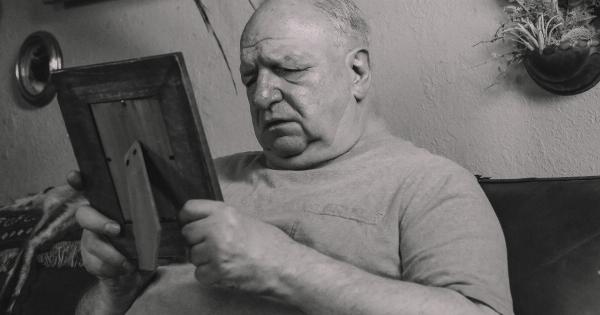Penis deformity disorder is a condition characterized by a deviation or abnormal curvature of the penis. It can occur during fetal development, but it can also develop later in life due to certain medical conditions or injuries.
While penis deformity disorder is relatively rare, it can cause significant discomfort and embarrassment for those who experience it.
Causes of Penis Deformity Disorder
There are several potential causes of penis deformity disorder, including:.
1. Peyronie’s Disease
Peyronie’s disease is a condition in which scar tissue develops inside the penis, causing it to bend or curve during an erection. It can cause pain or discomfort during sex and can also lead to erectile dysfunction.
2. Congenital Abnormalities
Abnormalities that occur during fetal development can cause the penis to be bent or curved at an angle. Some of these abnormalities can be corrected through surgery, but others may require ongoing treatment to manage symptoms.
3. Injuries
Injuries to the penis, such as those caused by trauma or certain medical procedures, can also lead to a curvature or deformity. In some cases, these injuries may be correctable through surgery.
Symptoms of Penis Deformity Disorder
Penis deformity disorder is characterized by a curvature or deviation of the penis. This curvature can be present during an erection or at rest, and it may be more pronounced when the penis is erect.
Other potential symptoms of penis deformity disorder include:.
- Pain or discomfort during sex
- Erection difficulties
- Decreased sexual function or satisfaction
- Decreased self-esteem or confidence
Treatment Options for Penis Deformity Disorder
The treatment options for penis deformity disorder will depend on the underlying cause of the condition. Some potential treatment options include:.
1. Medications
Medications such as collagenase clostridium histolyticum may be used to dissolve the scar tissue that causes Peyronie’s disease. Other medications may be used to manage pain or other symptoms of penis deformity disorder.
2. Surgery
Surgery may be necessary in some cases of penis deformity disorder, particularly in cases where there is severe curvature or other structural abnormalities. Surgical options may include penile implants, grafts, or other corrective procedures.
3. Lifestyle Changes
Some lifestyle changes may help manage symptoms of penis deformity disorder, such as avoiding positions or activities that worsen pain or discomfort during sex.
In some cases, exercises may also be recommended to help stretch the penis or improve blood flow.
Preventing Penis Deformity Disorder
While there is no guaranteed way to prevent penis deformity disorder, there are some steps you can take to reduce your risk:.
- Avoid injury to the penis during sex or other activities
- Seek prompt treatment for any injuries or conditions that affect the penis
- Practice safe sex to avoid sexually transmitted infections that can cause scarring or other damage
- Maintain a healthy lifestyle to reduce your risk of conditions such as Peyronie’s disease
When to See a Doctor
If you experience symptoms such as pain during sex, curvature of the penis, or other signs of penis deformity disorder, it’s important to see a doctor as soon as possible.
Your doctor can help determine the underlying cause of your symptoms and develop a treatment plan that is right for you.
The Bottom Line
Penis deformity disorder can be a challenging condition to live with, but there are treatment options available that can help manage symptoms and improve quality of life.
If you’re experiencing symptoms of penis deformity disorder, don’t hesitate to seek medical attention.






























